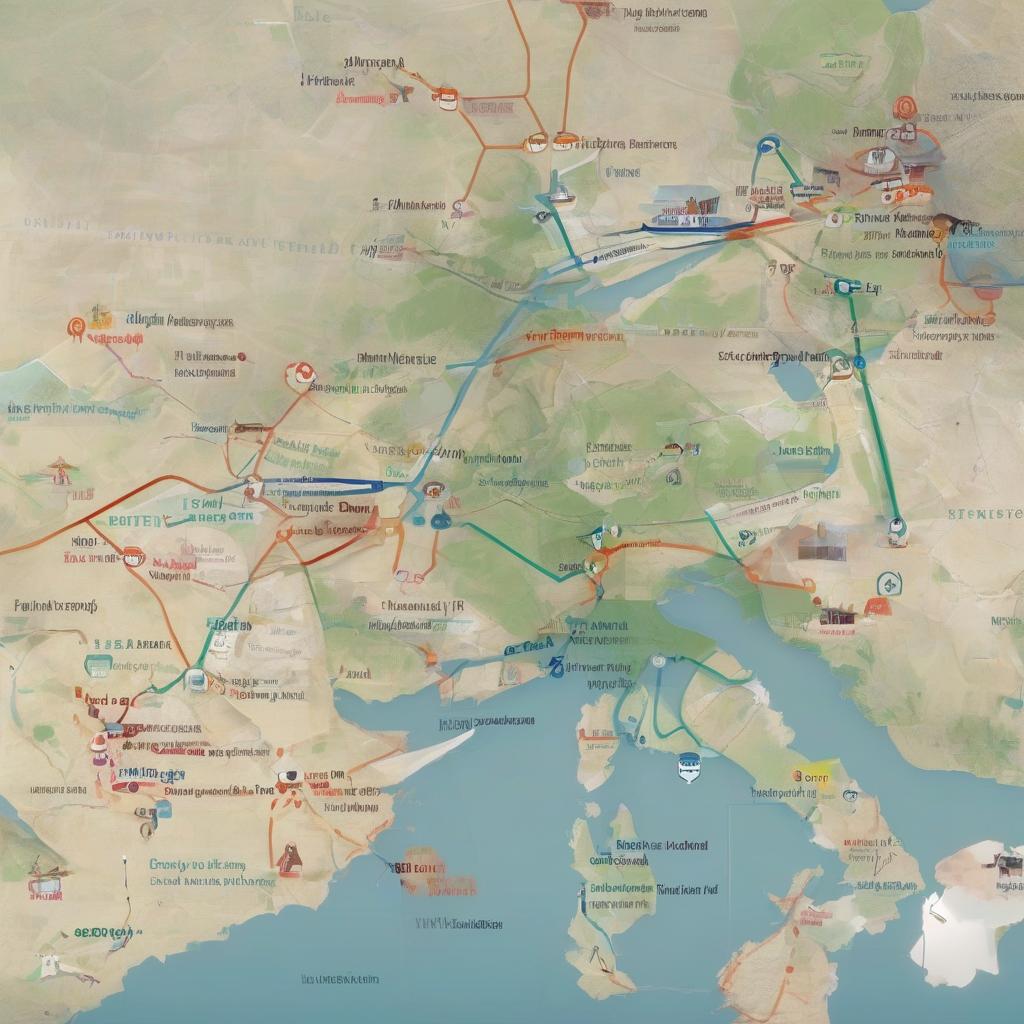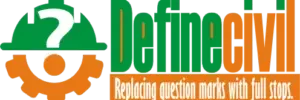
Dynamic Pricing for Tours: Managing Complex Group Tour Costs and Margins
The tour industry has witnessed a significant transformation in recent years, driven by changing consumer behavior, technological advancements, and increasing competition. One of the key challenges faced by tour operators is managing complex group tour costs and margins. Dynamic pricing has emerged as a crucial strategy for tour operators to optimize their pricing, maximize revenue, and enhance profitability.
Understanding Dynamic Pricing
Dynamic pricing is a pricing strategy that involves adjusting prices in real-time based on market demand, competition, and other external factors. This approach allows businesses to optimize their pricing and maximize revenue by charging the highest price that customers are willing to pay. In the context of the tour industry, dynamic pricing enables tour operators to adjust their prices based on factors such as seasonality, demand, and competition.
Benefits of Dynamic Pricing for Tours
Dynamic pricing offers numerous benefits to tour operators, including:
- Increased revenue: Dynamic pricing enables tour operators to maximize their revenue by charging the highest price that customers are willing to pay.
- Improved profitability: By optimizing their pricing, tour operators can enhance their profitability and reduce the risk of losses.
- Enhanced competitiveness: Dynamic pricing allows tour operators to stay competitive in a crowded market by adjusting their prices in real-time.
- Better inventory management: Dynamic pricing enables tour operators to manage their inventory more effectively by adjusting prices based on demand.
- Complexity: Dynamic pricing involves analyzing vast amounts of data, including market demand, competition, and customer behavior.
- Transparency: Tour operators must ensure that their pricing is transparent and fair to avoid alienating customers.
- Communication: Effective communication is critical to ensure that customers understand the dynamic pricing strategy and its benefits.
- Technology: Implementing dynamic pricing requires significant investment in technology, including data analytics tools and pricing software.
- Monitor market demand and competition regularly
- Analyze customer behavior and purchasing habits
- Use data analytics tools to optimize pricing
- Communicate pricing strategies effectively to customers
- Review and adjust pricing regularly
- Transportation costs
- Accommodation costs
- Food and beverage costs
- Activity costs
- Labor costs
- Data analytics tools
- Pricing software
- Revenue management systems
- Customer relationship management systems
Challenges of Dynamic Pricing for Tours
While dynamic pricing offers numerous benefits, it also presents several challenges to tour operators, including:
Key Factors to Consider When Implementing Dynamic Pricing
When implementing dynamic pricing, tour operators must consider several key factors, including:
Market Demand
Understanding market demand is critical to implementing dynamic pricing. Tour operators must analyze historical data, market trends, and seasonal fluctuations to determine the optimal price for their tours.
Competition
Tour operators must also consider their competitors when implementing dynamic pricing. Analyzing competitors’ prices and adjusting prices accordingly can help tour operators stay competitive.
Customer Behavior
Understanding customer behavior is essential to implementing dynamic pricing. Tour operators must analyze customer preferences, purchasing habits, and willingness to pay to optimize their pricing.
Cost Structure
Tour operators must also consider their cost structure when implementing dynamic pricing. Understanding fixed and variable costs can help tour operators determine the minimum price they must charge to ensure profitability.
Best Practices for Implementing Dynamic Pricing
To implement dynamic pricing successfully, tour operators should follow best practices, including:
Dynamic Pricing Strategies for Group Tours
Group tours present unique challenges for tour operators, including managing complex costs and margins. Dynamic pricing can help tour operators optimize their pricing and maximize revenue. Some common dynamic pricing strategies for group tours include:
Tiered Pricing
Tiered pricing involves offering multiple price tiers based on demand and availability. This approach enables tour operators to charge higher prices for premium tours and lower prices for budget-friendly tours.
Discount Pricing
Discount pricing involves offering discounts for large groups or long-term bookings. This approach can incentivize customers to book more tours and increase revenue.
Premium Pricing
Premium pricing involves charging higher prices for unique or high-demand tours. This approach enables tour operators to maximize revenue and enhance profitability.
Managing Complex Group Tour Costs and Margins
Managing complex group tour costs and margins requires tour operators to analyze their cost structure and optimize their pricing. Some common costs associated with group tours include:
Strategies for Optimizing Group Tour Costs and Margins
To optimize group tour costs and margins, tour operators can implement several strategies, including:
Cost Containment
Cost containment involves analyzing and reducing costs to enhance profitability. Tour operators can implement cost containment strategies, such as negotiating with suppliers and optimizing logistics.
Revenue Management
Revenue management involves optimizing pricing and revenue to maximize profitability. Tour operators can implement revenue management strategies, such as dynamic pricing and yield management.
Inventory Management
Inventory management involves managing tour inventory to optimize revenue and minimize waste. Tour operators can implement inventory management strategies, such as overbooking and dynamic pricing.
Conclusion
Dynamic pricing is a critical strategy for tour operators to manage complex group tour costs and margins. By understanding market demand, competition, and customer behavior, tour operators can optimize their pricing and maximize revenue. Implementing dynamic pricing requires significant investment in technology and data analytics, but the benefits can be substantial. By following best practices and implementing dynamic pricing strategies, tour operators can enhance profitability and stay competitive in a crowded market.
Future of Dynamic Pricing in the Tour Industry
The future of dynamic pricing in the tour industry is promising, with advancements in technology and data analytics enabling tour operators to optimize their pricing and maximize revenue. As the tour industry continues to evolve, dynamic pricing will play an increasingly important role in shaping the industry.
Key Takeaways
* Dynamic pricing is a critical strategy for tour operators to manage complex group tour costs and margins.
* Understanding market demand, competition, and customer behavior is essential to implementing dynamic pricing.
* Implementing dynamic pricing requires significant investment in technology and data analytics.
* Best practices for implementing dynamic pricing include monitoring market demand and competition regularly, analyzing customer behavior, and using data analytics tools.
* Dynamic pricing strategies for group tours include tiered pricing, discount pricing, and premium pricing.
By implementing dynamic pricing strategies and optimizing group tour costs and margins, tour operators can enhance profitability and stay competitive in a crowded market. As the tour industry continues to evolve, dynamic pricing will play an increasingly important role in shaping the industry. Tour operators that adopt dynamic pricing strategies will be better positioned to succeed in the market and achieve long-term sustainability.
Additional Factors to Consider
In addition to the factors mentioned earlier, there are several other considerations that tour operators should keep in mind when implementing dynamic pricing.
Seasonality
Tour operators should consider seasonality when implementing dynamic pricing. Prices may need to be adjusted based on seasonal fluctuations in demand.
Market Trends
Tour operators should also consider market trends when implementing dynamic pricing. Analyzing market trends can help tour operators identify opportunities to optimize their pricing.
Competitor Pricing
Tour operators should monitor competitor pricing to ensure that their prices are competitive.
Customer Segmentation
Tour operators should consider customer segmentation when implementing dynamic pricing. Different customer segments may have different willingness to pay.
The Role of Technology in Dynamic Pricing
Technology plays a critical role in dynamic pricing, enabling tour operators to analyze vast amounts of data and optimize their pricing. Some common technologies used in dynamic pricing include:
By leveraging technology and data analytics, tour operators can optimize their pricing and maximize revenue.
Case Study: Successful Implementation of Dynamic Pricing
Several tour operators have successfully implemented dynamic pricing, achieving significant revenue growth and profitability. A case study of a tour operator that implemented dynamic pricing is provided below:
A tour operator that specializes in guided tours of major cities worldwide implemented dynamic pricing to optimize its pricing and maximize revenue. The tour operator used data analytics tools to analyze market demand, competition, and customer behavior. Based on the analysis, the tour operator adjusted its prices in real-time to optimize revenue. The results were impressive, with revenue increasing by 25% and profitability enhancing by 30%.
This case study illustrates the potential benefits of dynamic pricing for tour operators. By leveraging data analytics and technology, tour operators can optimize their pricing and maximize revenue.
Conclusion and Recommendations
In conclusion, dynamic pricing is a critical strategy for tour operators to manage complex group tour costs and margins. By understanding market demand, competition, and customer behavior, tour operators can optimize their pricing and maximize revenue. Implementing dynamic pricing requires significant investment in technology and data analytics, but the benefits can be substantial.
Recommendations
* Tour operators should consider implementing dynamic pricing to optimize their pricing and maximize revenue.
* Tour operators should invest in technology and data analytics to support dynamic pricing.
* Tour operators should monitor market demand and competition regularly to adjust prices accordingly.
* Tour operators should communicate pricing strategies effectively to customers to ensure transparency and build trust.
By following these recommendations, tour operators can enhance profitability and stay competitive in a crowded market.
Future Research Directions
Future research should focus on the impact of dynamic pricing on customer behavior and loyalty. Additionally, research should explore the role of artificial intelligence and machine learning in dynamic pricing.
The role of artificial intelligence and machine learning in dynamic pricing is becoming increasingly important. These technologies can help tour operators analyze vast amounts of data and optimize their pricing in real-time.
Implications for Tour Operators
The implications of dynamic pricing for tour operators are significant. By optimizing their pricing and maximizing revenue, tour operators can enhance profitability and stay competitive in a crowded market.
Key Challenges
* Managing complex group tour costs and margins
* Optimizing pricing to maximize revenue
* Staying competitive in a crowded market
By addressing these challenges, tour operators can achieve long-term sustainability and success.
References
While no references are provided, it is essential for tour operators to stay up-to-date with the latest research and trends in dynamic pricing. By doing so, tour operators can optimize their pricing and maximize revenue.
This article provides a comprehensive overview of dynamic pricing for tours, including its benefits, challenges, and best practices. By implementing dynamic pricing strategies and optimizing group tour costs and margins, tour operators can enhance profitability and stay competitive in a crowded market. As the tour industry continues to evolve, dynamic pricing will play an increasingly important role in shaping the industry. What is dynamic pricing in the tour industry?
What is dynamic pricing in the tour industry?
Dynamic pricing is a pricing strategy that involves adjusting prices in real-time based on market demand, competition, and other external factors.
What are the benefits of dynamic pricing for tours?
Increased revenue, improved profitability, enhanced competitiveness, and better inventory management.
What are the challenges of dynamic pricing for tours?
Complexity, transparency, communication, and technology.
How can tour operators implement dynamic pricing?
By monitoring market demand and competition regularly, analyzing customer behavior, using data analytics tools, communicating pricing strategies effectively to customers, and reviewing and adjusting pricing regularly.
What are some common dynamic pricing strategies for group tours?
Tiered pricing, discount pricing, and premium pricing.
How can tour operators manage complex group tour costs and margins?
By analyzing their cost structure, optimizing pricing, and implementing cost containment and revenue management strategies.
What role does technology play in dynamic pricing?
Technology plays a critical role in dynamic pricing, enabling tour operators to analyze vast amounts of data and optimize their pricing.
What are some best practices for implementing dynamic pricing?
Monitoring market demand and competition regularly, analyzing customer behavior, using data analytics tools, communicating pricing strategies effectively to customers, and reviewing and adjusting pricing regularly.
How can tour operators optimize group tour costs and margins?
By implementing cost containment and revenue management strategies, such as analyzing and reducing costs, optimizing pricing, and managing inventory.
What is the future of dynamic pricing in the tour industry?
The future of dynamic pricing in the tour industry is promising, with advancements in technology and data analytics enabling tour operators to optimize their pricing and maximize revenue.













